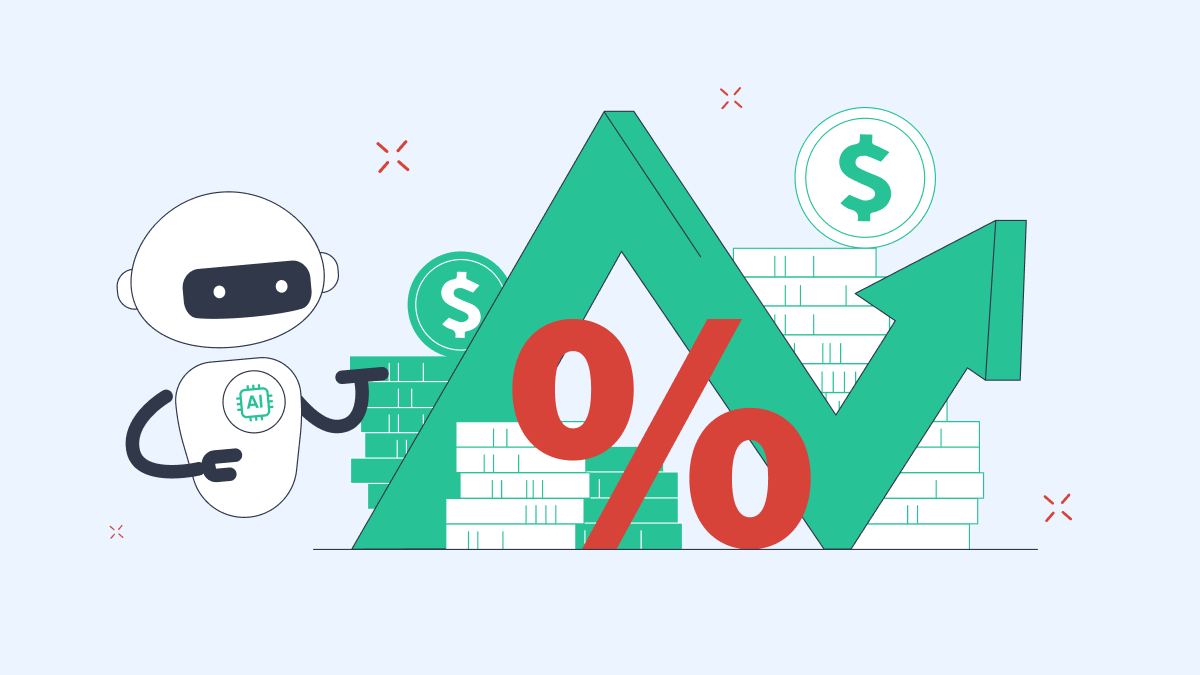.png)
The AI Stack That’s Driving Real Profit in QSRs
Learn how top QSRs are using AI to cut costs, speed service, and drive customer loyalty — with real tools that deliver real ROI.
.svg)

In 2025, the quick-service restaurant industry isn’t debating whether AI will shape the future. That question has already been answered. The real conversation now is about what kind of AI actually delivers — and whether it justifies its place on the balance sheet.
For an industry built on tight margins, fast throughput, and labor volatility, the AI that matters is quiet, practical, and accountable. It shows up as faster drive-thrus, leaner schedules, and more loyal customers. If your stack can’t prove it’s saving money, driving sales, or making operations simpler, it’s not a tool. It’s a distraction.
From Flashy to Functional
We’ve moved past the era of novelty. AI is no longer something you trial in a single store just to say you’re doing it. Leading brands like McDonald’s, White Castle, and Lee’s Famous Recipe Chicken are using AI across dozens — even hundreds — of locations, in workflows that previously relied entirely on people.
Voice AI is one of the clearest examples. McDonald’s in Canada uses Panasonic ClearConnect to speed up drive-thru ordering. White Castle works with SoundHound. Lee’s Famous Recipe Chicken runs on Hi Auto. These systems aren't experiments. They’re designed to reduce order errors, handle peak-time volume, and streamline every transaction. The result? Measurable efficiency.
Presto, a voice AI provider, reports 30% labor cost reductions and 20-second faster order times — which can translate to 10–15% more transactions during lunch rush. Add AI-powered upsells into the mix, and suddenly you’re not just reducing costs, you’re driving top-line growth.
AI That Hires Before You Ask
Labor remains one of the most expensive and unpredictable variables for QSRs. But AI isn’t just helping brands fill roles faster — it’s helping them hire smarter.
Workstream, a hiring automation platform used by Jamba Juice, raised $120 million to double down on this exact problem. Their AI screens resumes, auto-schedules interviews, and adapts to your staffing needs in real time. McDonald’s uses Paradox’s chat-based hiring assistant, part of its McHire program, which has helped the company dramatically speed up time-to-hire across multiple regions.
When a restaurant can go from open position to first shift in half the time, it doesn't just fill the gap — it saves the entire team from burnout. AI helps managers focus on people, not paperwork.
Listening at Scale
Customer experience used to be a store-by-store effort. One bad review meant a phone call or a comped meal. Today, that feedback flows into centralized systems that use AI to detect patterns, respond in minutes, and recover unhappy guests before they churn.
Momos, used by Papa Murphy’s, unifies review management, insights, recovery, and loyalty workflows under one platform. Users report 20–40% higher response rates and up to 15% lifts in NPS — often within 90 days. When feedback turns into retention, you’re not just protecting brand perception. You’re extending lifetime value.
The Silent Payoff
Here’s the thing about the most effective AI in restaurants: it doesn’t feel like AI at all. It doesn’t come with a dashboard you check once a day. It doesn’t need training wheels. It just works.
The tools that are winning in 2025 are integrated, invisible, and deeply operational. They don’t add another layer of complexity. They remove one. Whether it’s syncing with your POS, scheduling platform, or online ordering system, the best AI just makes the rest of your tech stack smarter.
And if it doesn’t? Then it’s probably not worth keeping.
Join Over 20,000 Locations Worldwide
See how Momos helps winning companies drive revenue and manage customer experience across 600+ brands globally.


.webp)